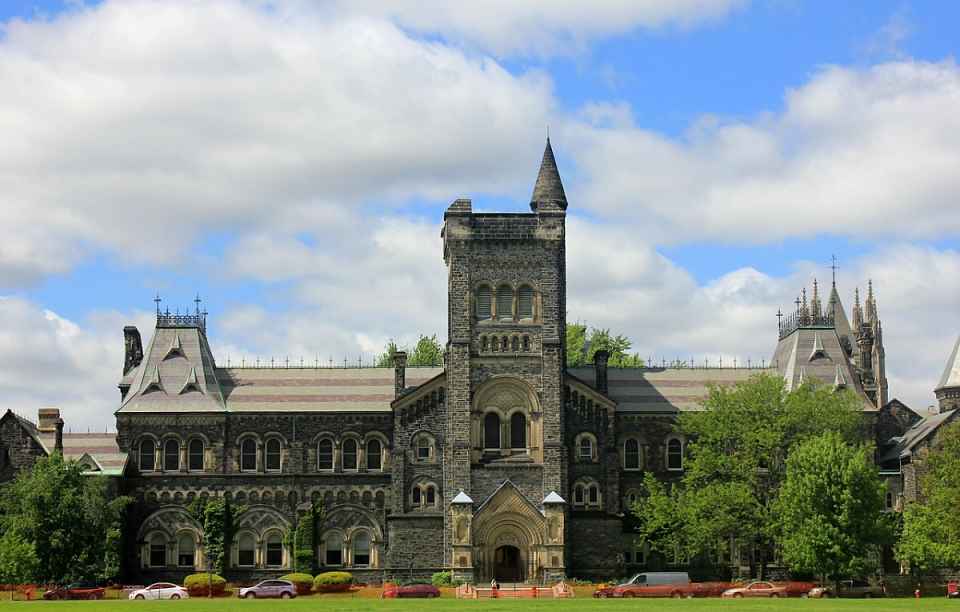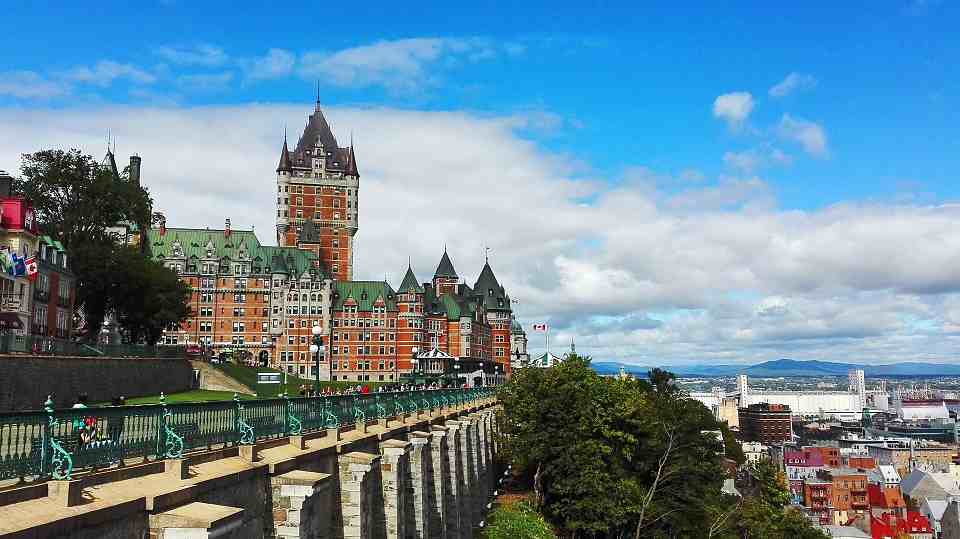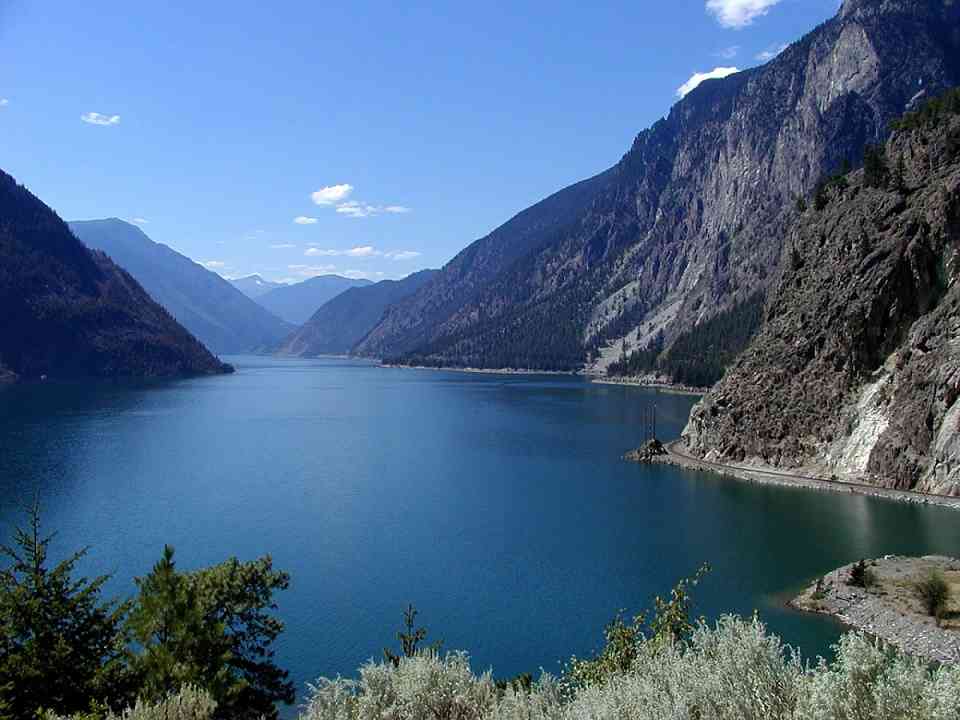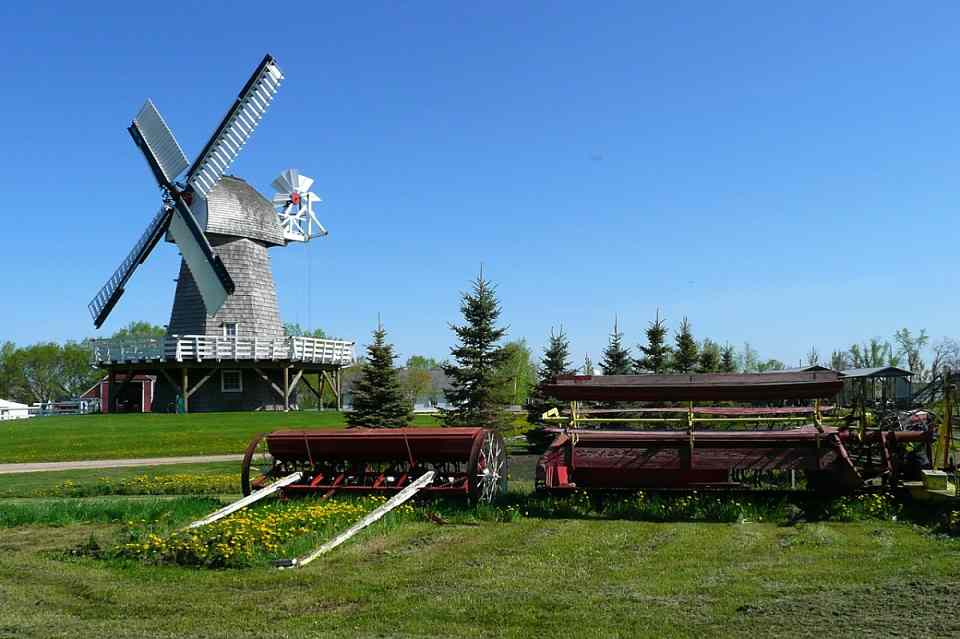Immigration Destinations in Canada: For the immigrants from across the world, Canada is one of the very attractive destinations.
Being bordered by the Pacific Ocean on its west and the Atlantic Ocean on its east coast, Canada offers immigrants as a diverse choice of the regional climates, languages and even economies.
Immigration pattern in Canada has been changed in the recent years, with an increase in a number of immigrants those relocate to the rural and Western areas of Canada.
Below are the Top 5 Immigration Destinations in Canada:
Ontario—103,494 immigrants
Largest City: Toronto—81,691 immigrants
Ontario is the largest province in Canada by population and Ottawa, nation’s capital city is home to the country’s largest city i.e Toronto. Also, this province historically has been the epicentre of the Canadian immigration, that makes Toronto, a multicultural city in the world.
In the recent years, the count of immigrants have been shifted away from Ontario to the western provinces of Canada. But still, despite this decline, Ontario is the most popular destination for the immigrants to Canada. Despite having a high living cost, Toronto is one of the popular cities for the immigrants who look forward to taking permanent residency in Canada.

Quebec—51.983 immigrants
Largest City—Montreal—43,944 immigrants
Quebec is the only French-speaking provinces in Canada. Quebec had a rollercoaster history in the terms of immigration. Historically, Montreal is the second largest city of Canada and also if this place has competed with Toronto, it is the primary destination for the immigrants from around the globe.
Recently, Quebec Separatist Movement has been subsided and Quebec is the most bilingual province in Canada where a majority of people speak both English and French, that continuously attract a vast majority of the immigrants, from a diverse array of different regions including the Caribbean, Asia, Europe and Africa.

Alberta—36.636 immigrants
Largest City: Calgary—17.602 immigrants
With its vast oil resources and Western culture, Alberta is referred to as the ‘Canada’s Texas’. Calgary is the largest metropolitan centre and a cosmopolitan city in Alberta which retains much of the unique and Western cultural history of Alberta
In the recent years, the energy in Alberta is generated by the oil sands which are located in the northern region of the province. Both unskilled and skilled foreign workers are much in demand because of boom in energy. The recent decline in oil prices hit the energy industry very hard.

British Columbia (BC)—36,210 Immigrants
Largest City: Vancouver—29,506 immigrants
British Columbia is the most western province of Canada and is bordered by the Washington State on its southern border and American states of Alaska to its north. Just with 2 major population centres, Victoria and Metropolitan Vancouver, rural economies of BC are driven by the natural resources, especially natural gas exploration and lumber.
Vancouver is a multicultural city having a strong Asian presence that has a high level of migration from Hong Kong and Mainland China over the last 2 decades. With limited land in the recent years Vancouver has been evolved into the most expensive cities in the world and recently this city has been rated for having high living cost.

Manitoba-13,100 immigrants
Largest City: Winnipeg—11,114 immigrants
Winnipeg is the largest urban centre in Manitoba which is situated in the centre of Canada. Winnipeg is not only the capital city of Manitoba, this place is also considered as the prairie provinces of Canada. Economy of Manitoba is mostly driven by the agriculture industry.
In addition to the farming industry, the most defining characteristic of both the province of Manitoba and Winnipeg is its climate. Prairie winters are too harsh, with temperature that dips below to the zero temperature for the weeks during the winter season. Also, Winnipeg is one of the safest urban centers in Canada.

You may also know about Top 7 Immigration Lawyers in Canada.











